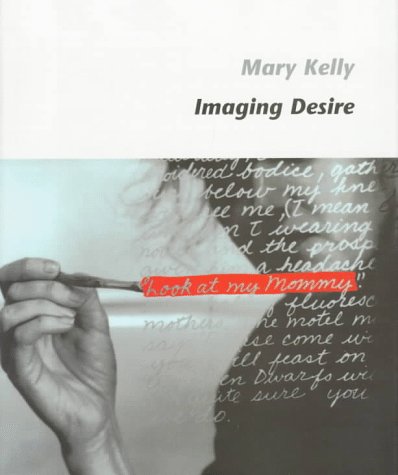Writing Art
1 total work
"Imaging Desire", Mary Kelly's collection of writings from 1976 to 1995, asks fundamental questions about the analysis of current practices in art and makes rigorous arguments for a criticism informed by semiotics, psychoanalysis and feminism. Few artists have made such a strong contribution to critical discourse and art as Mary Kelly, who for more than 20 years has pushed the boundaries of the visual, the textual, the sexual and the political in her writing and her art. In the 1970s, Kelly's transgressive projects helped to instigate conceptual art's second phase; her daring critiques of the female body as a fetishized, allegorized, commodified site were debated long after they were first seen in galleries and disussed in catalogues, and long before the debut of the "bad girls" in the 1990s. In fact, the debates currently surrounding Kelly's work are a necessary and defining element of theoretical discourse about art today. "Imaging Desire" contains all the seminal texts and reveals crucial points of intersection between written and visual expression in a career known for its intertextual, interdiscursive features.
Here the visible, the oral, the gestural and the readable continually converge to frame questions about the body in ways that redefine its cultural and visual status, and to explore the relation between images and desire. "Imaging Desire" is also a kind of conceptual autobiography in which the author's early interrogations of maternal fetishism and feminine masquerade are seen as foundations of her later investigations of masculine display. The essays demonstrate that much of feminism's transformative impact on contemporary art is grounded in Kelly's pioneering work.
Here the visible, the oral, the gestural and the readable continually converge to frame questions about the body in ways that redefine its cultural and visual status, and to explore the relation between images and desire. "Imaging Desire" is also a kind of conceptual autobiography in which the author's early interrogations of maternal fetishism and feminine masquerade are seen as foundations of her later investigations of masculine display. The essays demonstrate that much of feminism's transformative impact on contemporary art is grounded in Kelly's pioneering work.
